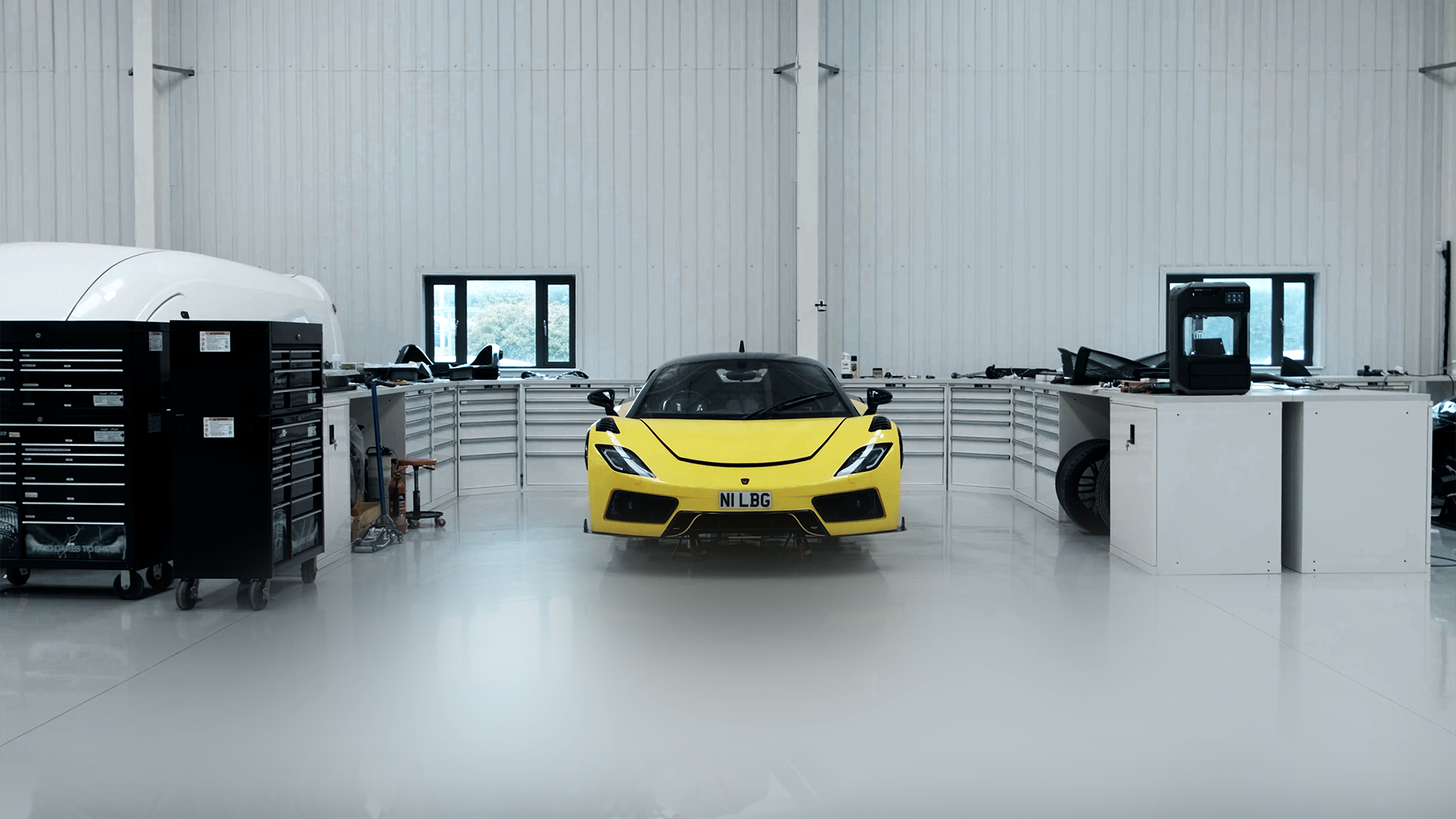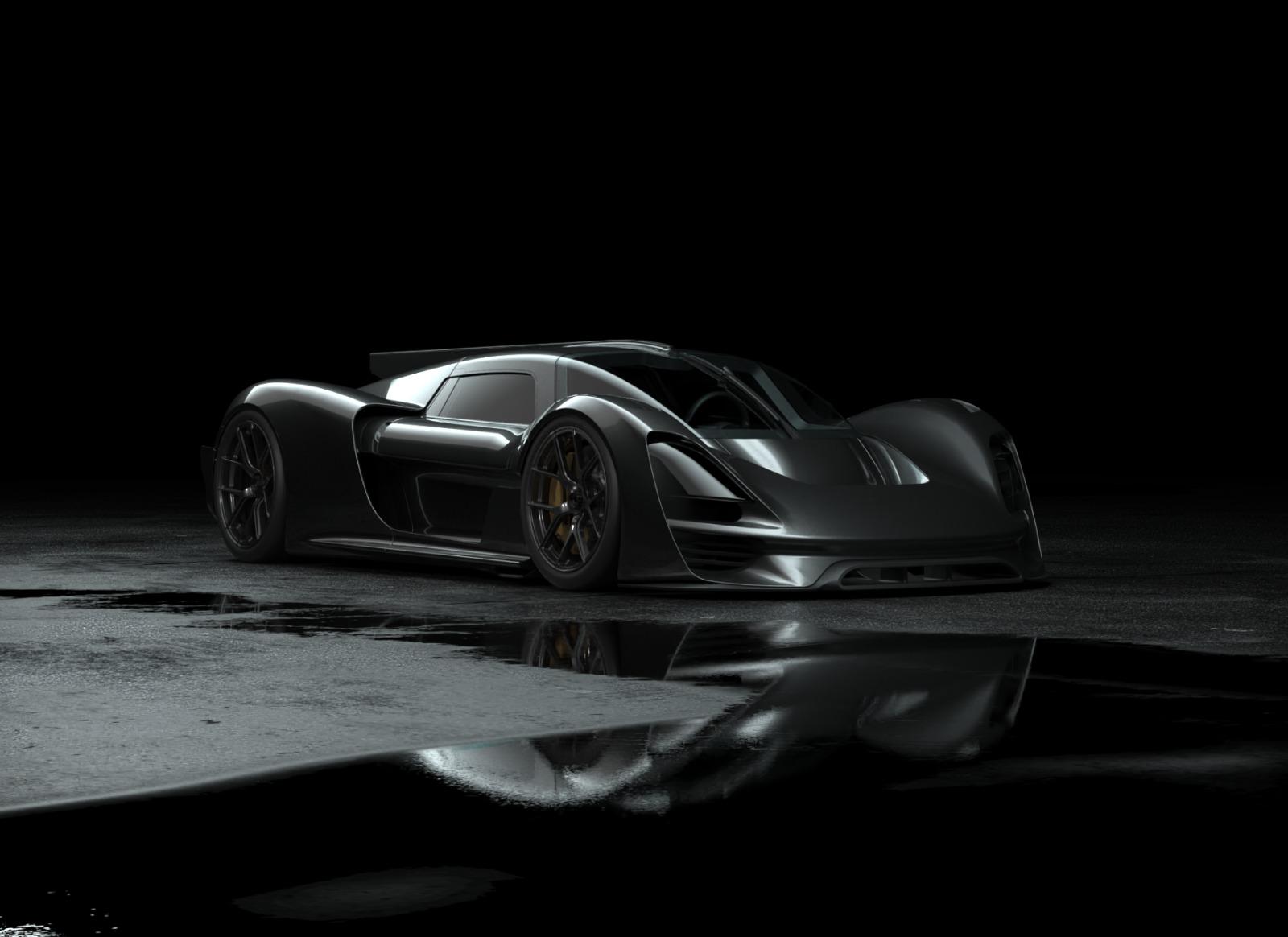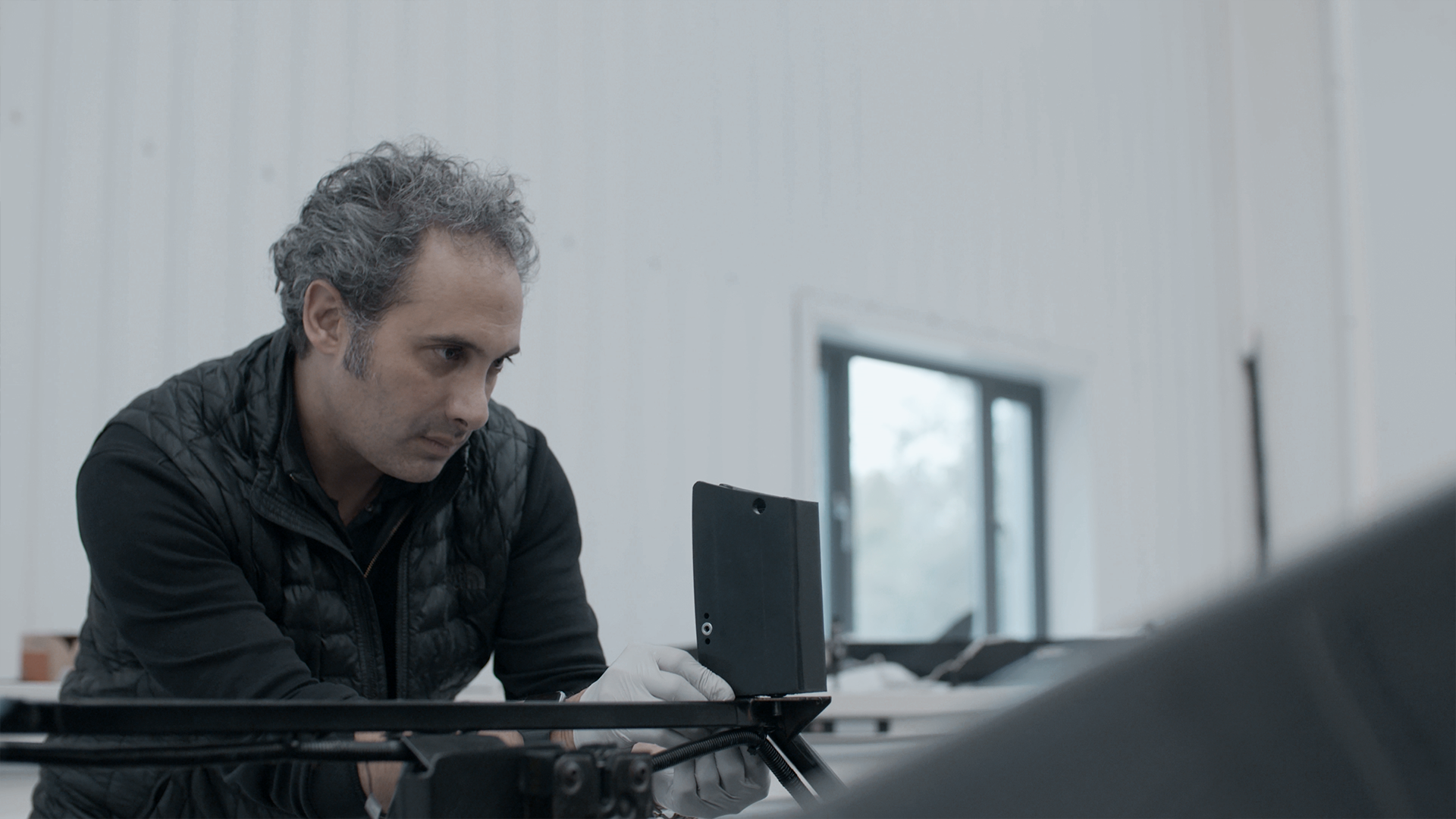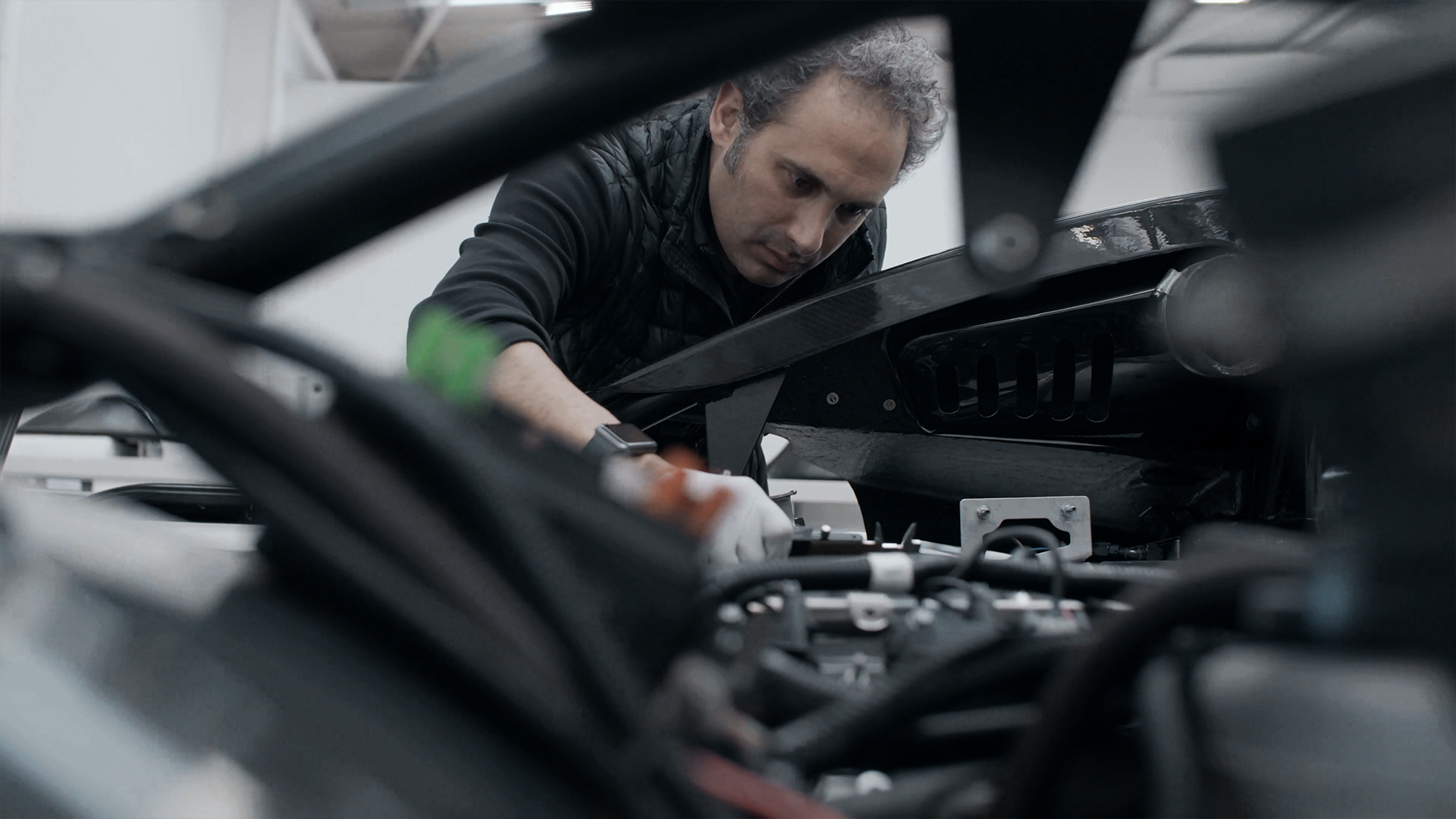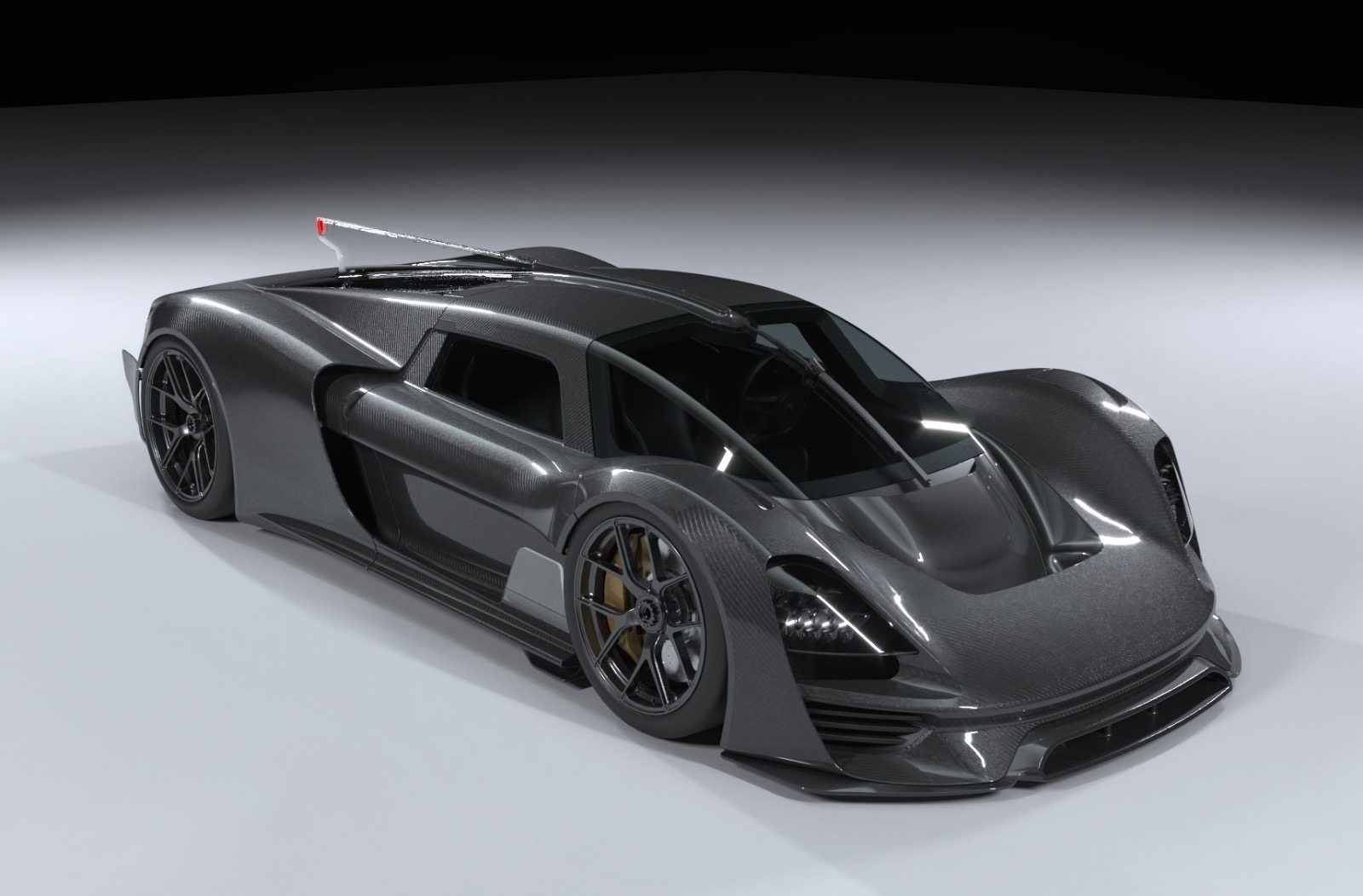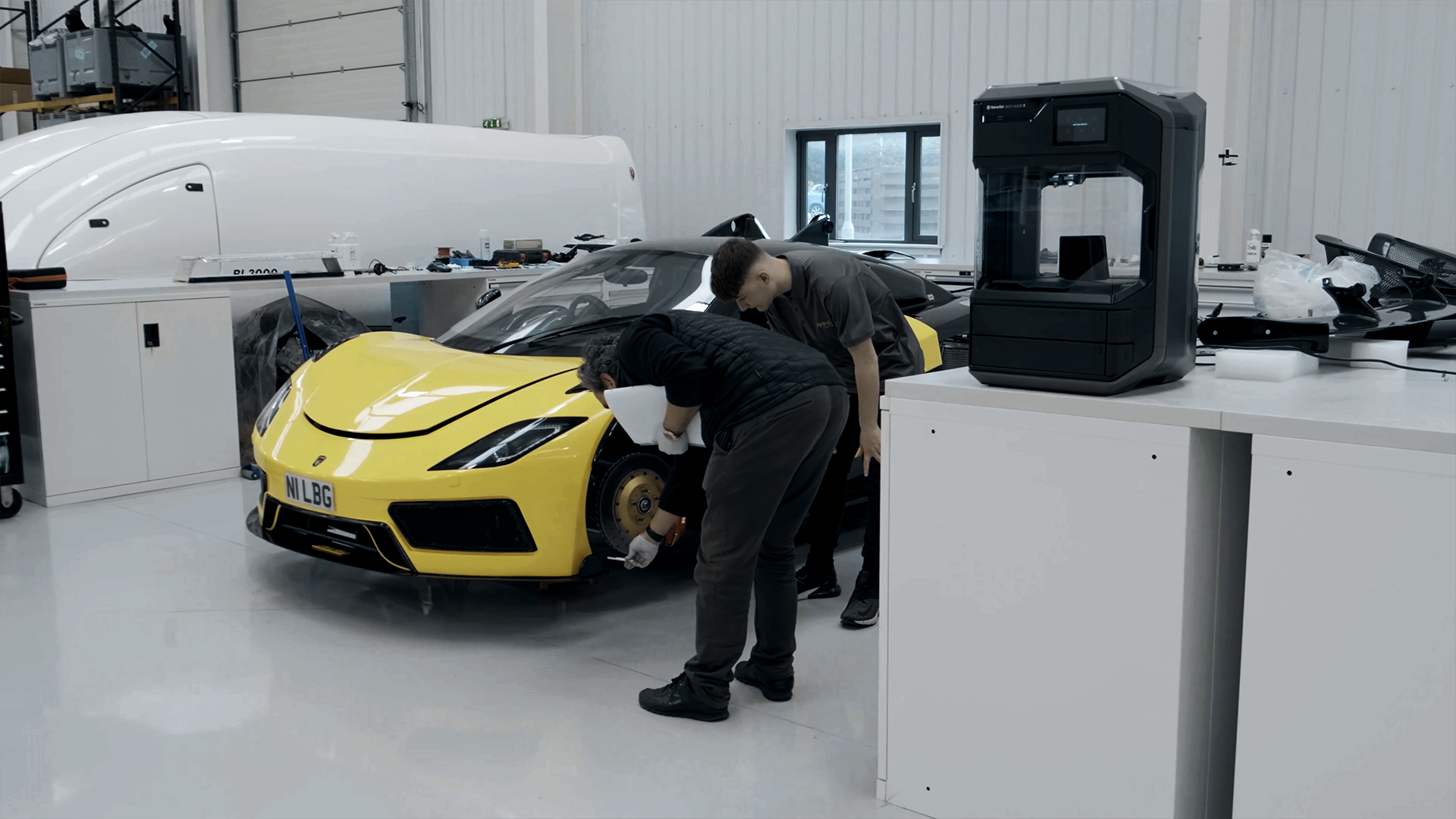As a small company, Arash Motor Company is able to produce small volume parts, in a very similar manner to motorsports or aerospace. With 3D printing, it allows the team to try out their suggestions on improving performance - from the composite structures, to the engines and electric motors, to the aerodynamics.
Prior to 3D printing, Farboud and his team would go through the cumbersome process of fabricating aluminium, bending aluminium, welding things together, shaping things from blocks of aluminium or foam and wrapping them in materials, or some other less accurate and time-consuming way.
“This takes a long time with very skilled people. And now that skill isn’t there anymore, or it’s becoming even more expensive,” Farboud said. “With 3D printing, the steps toward making trial parts have become easier. The focus now is getting your CAD design right. After that, you just press play and it gets made right there in your shop.”
“The amount of resources needed to do those steps is straining. Once you have a 3D printer to eliminate a lot of those steps, then you’re allowing your resources to be used on things that really matter to you,” he continued.
The team uses MakerBot CloudPrint to slice, manage, preview, queue, and monitor their prints. MakerBot CloudPrint allows each of the designers to view the status of the prints on any of the printers.
“It helps because sometimes you want to know when something is done and you need to start a new print, or to see if something is stuck, then you can stop the print. Allows everyone to understand where they are in their schedule for manufacturing,” said Farboud.






















